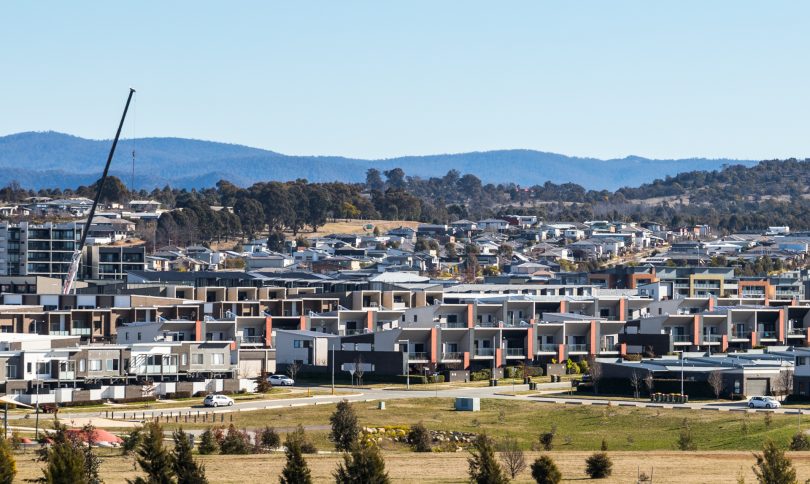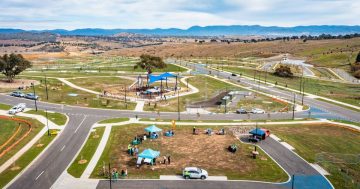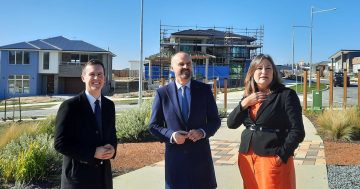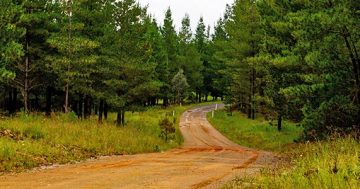
New housing in Coombs. Photo: Michelle Kroll.
There are no silver bullet solutions to the runaway housing market that is turning homeowners in average Canberra suburbs into millionaires and locking out many others hoping to partake of the great Australian dream.
You can’t blame the Canberra Liberals for having a shot at the Barr Government for allegedly choking the supply of land for detached housing to keep the price of land high, and at its Greens-influenced target for 70 per cent of new housing to be in infill areas.
If only it were that simple.
House prices aren’t just surging here in the ACT but everywhere across the nation and the world, and Australia is nowhere near the top of the OECD ladder.
It’s just cheap money feeding an asset bubble, says Chief Minister Andrew Barr, and it’s hard to disagree.
It’s also the product of decades of favourable tax settings for property that have funnelled investment into bricks and mortar and a high immigration policy to feed the demand even more.
The tax issue appeared settled at the last election when Federal Labor’s reforms for negative gearing and the capital gains tax concession were rejected, to be promptly dropped like a hot potato by the party’s pragmatic new leadership.
But even the Liberal NSW Government, alarmed at the growing inequity and the ramifications for its housing responsibilities, has suggested that the capital gains tax concession needs to be looked at again.
But don’t expect any courageous decisions from Anthony Albanese.
That leaves boosting supply, especially of detached housing, something the Canberra Liberals say will help.
They are still looking longingly at Canberra’s western edge for more land releases, and if it made it to government, the 70:30 housing split would be history.
But don’t expect land to be suddenly cheaper, and supply does not necessarily translate into more affordable homes, especially with interest rates at record lows and investors flocking back to the market.
Even so, Mr Barr argues there are more than enough greenfield areas on the go in Gungahlin, Ginninderry and Molonglo for the government to manage, all with affordable housing components, and the ACT’s population growth rate is down due to international border closures.
He says land supply in the ACT is limited and that the city should not sprawl indiscriminately but consolidate to preserve the natural environment.
But one wonders whether he would prefer at least the option of playing with the 70:30 mix to suit the conditions of the day.
The political reality is that the Labor-Greens power-sharing deal ties his hands on this matter, and is possibly something he may chafe against but is resigned to living with.
The Liberals will keep chipping away at this point, knowing that many Canberrans would prefer to buy a standalone house but are being channelled into denser living, and week by week, many others are further away from achieving their dreams.
But without a holistic approach to housing and an acceptance that the Howard-era tax settings do need revisiting, providing a few more hectares and home sites will not reverse house prices.
The bind is that for those with skin in the game, the last thing they want to see is the value of their home drop, especially if they have only recently maxed out their mortgage.
If interest rates rise, and there are plenty chewing their fingernails every time the finance news mentions inflation, some could find themselves in negative equity and bailing out.
It’s not the kind of bargains in the market that would be welcome.




















